
TARGET 100113
The Brussels Flower Carpet
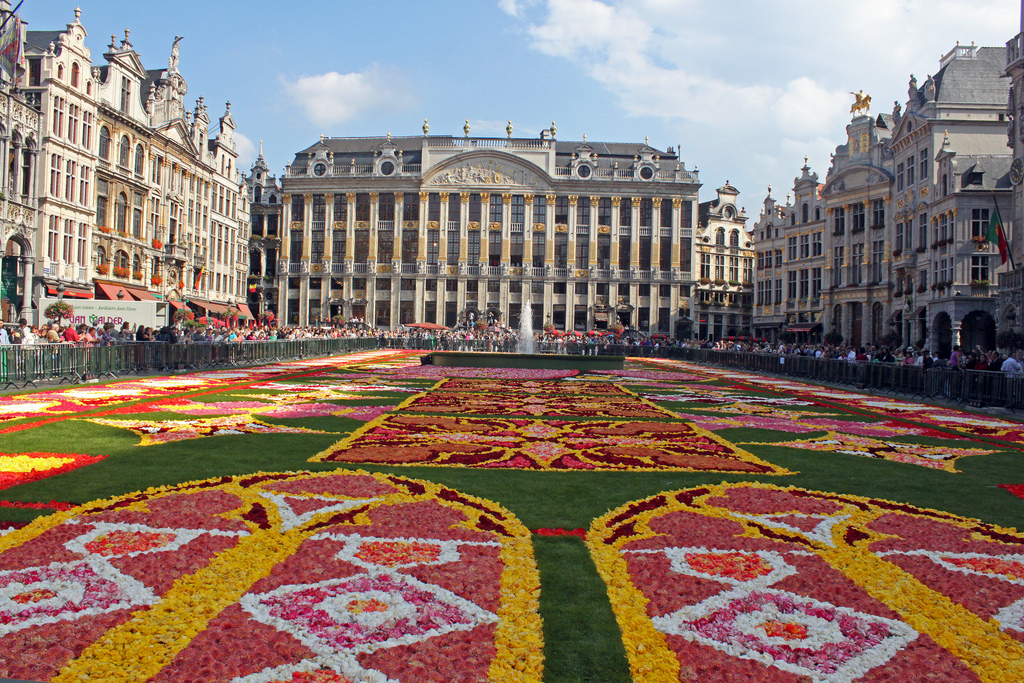
Once every two years, the Grand Place, a central market in Brussles, Belgium becomes one of the largest flower gardens in the world.
The flower carpet of The Grand Place has a different model every time and it’s made out of roughly 800,000 begonias. This is definitely one of the must-see attractions of Brussels.

The pattern for the 2010 carpet is shown above. The actual making of the Carpet is based on a plan worked out in advance, consisting of several stages. Everything starts, often a year in advance, with projects and scale models, illustrating a commissioned theme (such as the commemoration of great events, or the arms and shield of a town, and sometimes the proposals of local horticultural associations). Once the theme has been produced in representation and symbol, the number of flowers and color combinations calculated and the outlines finally drawn on the ground, then the work starts.The skilful, dedicated work of a hundred experienced gardeners and their enthusiasm enables them to put together this giant floral jigsaw in under four hours. The day before, the spaces between the floral patterns will already have been filled with rolled turf. The flowers are packed together one by one, 300 to every square meter of the ground, (+/- 800.000 flowers!) so tightly (no soil is used at all) that they won't be blown away by the first puff of wind, and create their own microclimate? In heat waves, the turf has to be watered to prevent it from shrinking, but if the weather is too wet, the grass can grow 4 to 5 centimeters in 3 days.
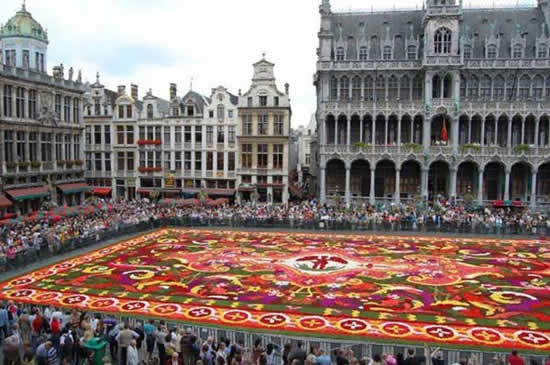
The 2010 carpet on one end
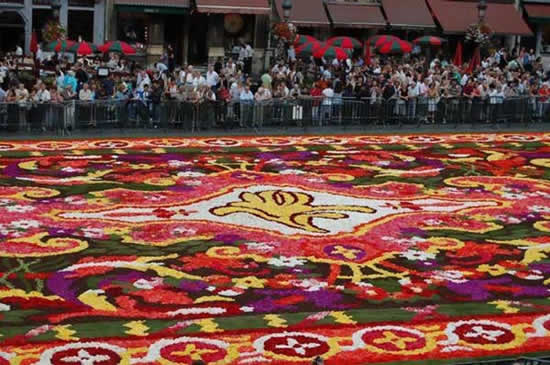
The 2010 carpet - the other end
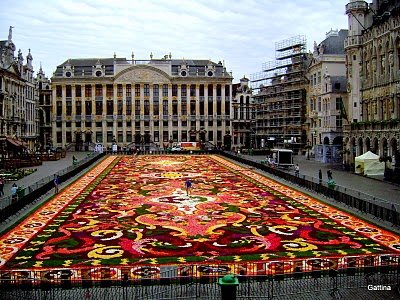
The 2010 carpet - entire lengthThe Flower Carpet is installed only for 1 weekend (Assumption Day). The access to the Grand-Place is free. A panoramic visit (with access to an upper-story window in the City Hall - 3 euro) can also be made.
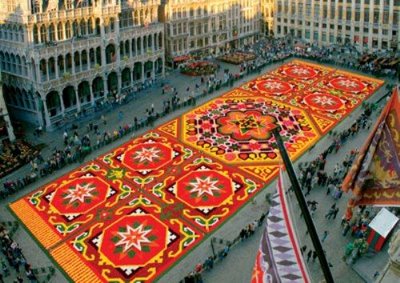
The 2008 carpet, seen from high in the City HallThere is relatively little room left over in the Grand Place for sight-seers, so the viewing area is crowded both night and day. At night, the fountain and the carpet are lit by a vairety of lights and moving light patterns, making the nighttime viewing even more spectacular.
The beauty and diversity of all these carpets is largely due to their main component, the famous begonia. Chosen above all for its qualities of robustness, resistance to bad weather and strong sunshine the begonia guarantees the long life and freshness of the carpet. It also gives it is rich range of colors - from vivid colors to delicate pastel shades, with in between, the parti-colored and white flowers which reflect the light so well.
This flower, the ideal ornament, which is already traditionally used in pageants and floral corsages, is also much loved by householders who use them to brighten their balconies and windowsills and embellish their flowerbeds. 80 % of the total production of begonias, a native of the West Indies, cultivated almost exclusively in the Ghent area since 1860, is exported. Belgium cultivates 60 million begonia tubers every year, and is recognized as the world's largest producer. The Netherlands, France and the United States are its best customers.\
History
Officially, the first Floral Carpet as its present-day form was created in 1971 on the Grand-Place by the landscape architect E. Stautemans, but, in fact, it was the culmination of a whole series created in various towns in Flanders. E. Stautemans, who was born in Zottegem, and graduated from the Ghent Horticultural College, had been experimenting since the early 50's making simple small carpets, more like rugs, mainly consisting of begonias (in Knokke, Oudenaarde, Sint-Niklaas, Lille…). He very quickly realised that floral carpets would be an excellent vehicle for the promotion of his beloved begonias which he had always worked with, both technically, economically and aesthetically.
After years of attempts and calculations, this architect, who was inventive and imaginative, and knew how to make the most of the numerous resources of begonias, became an expert in the creation of superb floral carpets with sophisticated colors and complicated designs. His fame spread and he was asked to make carpets not only in Belgium (Ghent, Bruges, Antwerp, Ypres, Courtrai, Hasselt, Tongres, Mons, Durbuy, …) but worldwide (Cologne, Hamburg, Luxemburg, Paris, London, Breda, Amsterdam, The Hague, Vienna, Valencia, and as far afield as Buenos Aires and Colombus, Ohio). Some of these carpets were bigger than the ones created in Brussels (77 x 24 m), like the 1973 masterpiece at Sint-Pietersplein, Ghent that reached a gigantic 164 x 42 m. However, as E. Stautemas himself says, "Nowhere is the carpet more beautiful and distinguished than in the unique, ancient surroundings of the Grand-Place in Brussels".FEEDBACK MAP
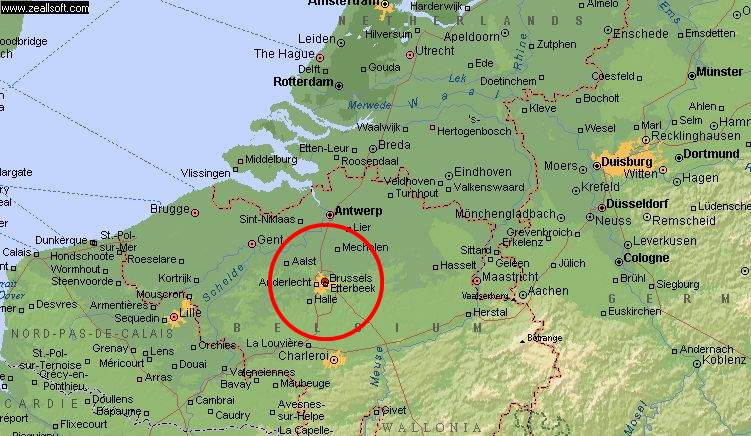
To learn more about the Brussels Flower Carpet, see videos of it being made, and get pictures of every carpet over the years, and to learn more of the exact details (advanced viewers), take a look at the following web sites:
YouTube (video)
Wikipedia
The Belgian Tourist Office
The City of Brussels web site